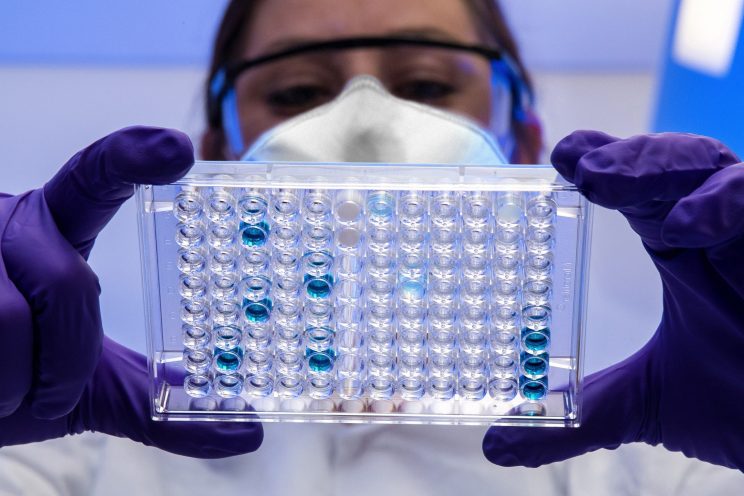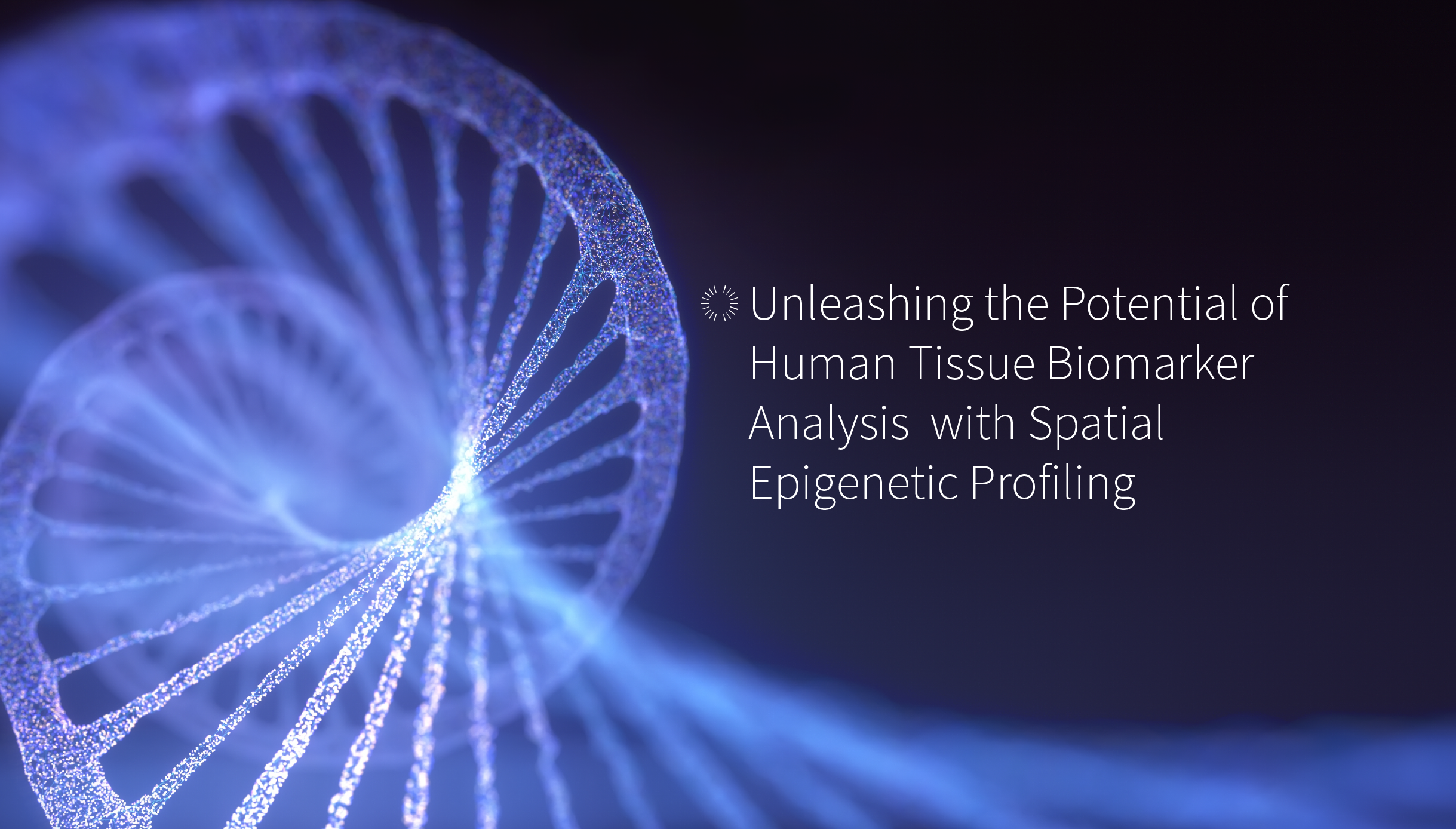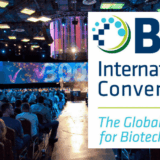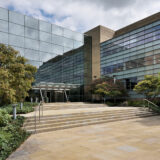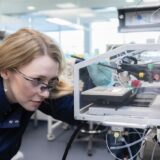There will be much written and said within the UK about the mobilisation of mass diagnostics by industry and government in the thick of the COVID-19 pandemic. There remain strong emotions and disagreements over the roles each did, or could have, played. Meanwhile, on the international stage the UK is highly regarded as a pioneer of mass testing.
In the reviews of the last two years, we as an industry and our government must now look to the horizon and harness every positive, incorporating every learning. Vitally, we must recognise the social and healthcare impact the development of mass testing has had to benefit the sector’s and the nation’s health. The future of global healthcare is patient engaged, increasingly delivered in the home and high street, and diagnostics-driven. Now is our time for innovation rather than rumination.
The mobilisation of remotely accessible, mass scale PCR, and lateral flow (LFD) developed UK infrastructures and data systems which delivered over 150 million PCR results over the pandemic, and up to 4 million LFDs per day. Tens of thousands of young scientists have been trained in clinical-quality diagnostic lab skills and the UK capacity to manufacture LFD’s has been increased by 100-fold – to over 20 million per week. This is by any measure an astonishing national achievement by industry, academia, NHS and government; and also largely unknown. What is more even impactful is the effect it has had on citizens. Not only are ‘PCR’ and ‘LFD’ now familiar terms overhead at bus stops and brew taps, but people both Young and old have, for the first time at scale, taken control of their own clinical diagnostic and taken action based upon the results.
The pandemic has taken a huge toll in lives, on waiting lists, critical care provision and our mental health. However, it has forced many positive changes in that will not be completely reversed such as; remote GP appointments, virtual wards, AI-enabled and other digital process improvements. Most importantly, it has enabled the citizen to be responsible for their health and that of others: self-testing, mask acceptance, hand-washing, distancing and shielding.
Today’s health systems are overwhelmed by more than COVID-19. 42% of UK GDP is spent on it, at an unsustainable rate of growth. Today’s system was developed under the paternalistic principals of the Beveridge report that was the foundation of the welfare state and NHS. It offered a vision of hope during war but was provided to citizens without any autonomy. The pandemic showed us that we can trust and enable citizens to collaborate and be more responsible for their own health. We can now move to healthcare with the citizen’s participation. In short a Beveridge 2.0 evolution.
Diagnostics available in the home and high street are one major agent of change. Citizens have been trained to order tests online, receive and register them; self-test by swab or finger prick, both supervised and not. They return them by post or courier and receive the result online and change their behaviour accordingly. This is a decade’s progress in 24 months. Already there is growth in private sector remote diagnostics providers and the development of NHS Community Diagnostic Hubs. High street pharmacies are providing venepuncture and LFDs as they have with pregnancy tests, eye-tests and vaccinations. We must see these as complementary: the weave and weft of a more patient engaged, sustainable healthcare future.
What we have in front of us as an industry now is the ability to provide citizens with a growing range of remotely delivered products and services, which provide choices. Where UK government must play its role now is to enable NHS practitioners to choose to use them as one of many productivity tools. Provide them directly to disadvantaged or disengaged communities, and encourage all citizens to remain responsible for knowing – and feeling more responsible for knowing – more about their own health.
Our national response is often to find the reasons why we should not do something new or to disturb the status quo. How many times do we hear ‘The problem with that is…’ . This is hardly the totem of an innovation nation. The inconvenient truth is that COVID-19 has made the change for us, so we as an industry need now to push open the door which is ajar in front of us. The solution to citizen-engaged collaborative healthcare is a natural private-public co-operation. Ideally, the public sector provides demand signalling, that the private sector then provides. However, it is also the case that, given the space the private sector innovates and the public sector then adopts. A combination of both is most likely if there is a will and policy freedom to do so.
These new diagnostic tools and services are global. So, whilst we should use our national facility – where it has capacity – to test our innovations, relying on the NHS alone remains a limited viewpoint that is increasingly shunned by quality venture investors.
There remains some high capacity in the public sector, as a legacy of the now closed Lighthouse Laboratory programme. This could be applied to distinct cancer and infectious disease mass testing campaigns for particular biomarkers. More multiplexed PCR, serology or LFD systems can play roles here too. The ‘reason why not’ is often because it will put too many people into the healthcare system, who then have to be triaged. That is a practical truth, but if we are to do more than talk about the benefits of early diagnosis – which include savings in later stage medical care – then we should all welcome knowing more about ourselves earlier. We must use the learnings and impacts on global citizenry from the mobilisation of mass diagnostics. These must be practical steps to deliver to markets more digitally-enabled tests capable of being used in the home and high street, or applicable to campaign testing of cohorts, cities or countries. Despite the obvious pain of the pandemic for many in our industry we must see today as the time to develop a new singularity of industrial purpose and responsibility shared by patients, health providers and payers.

